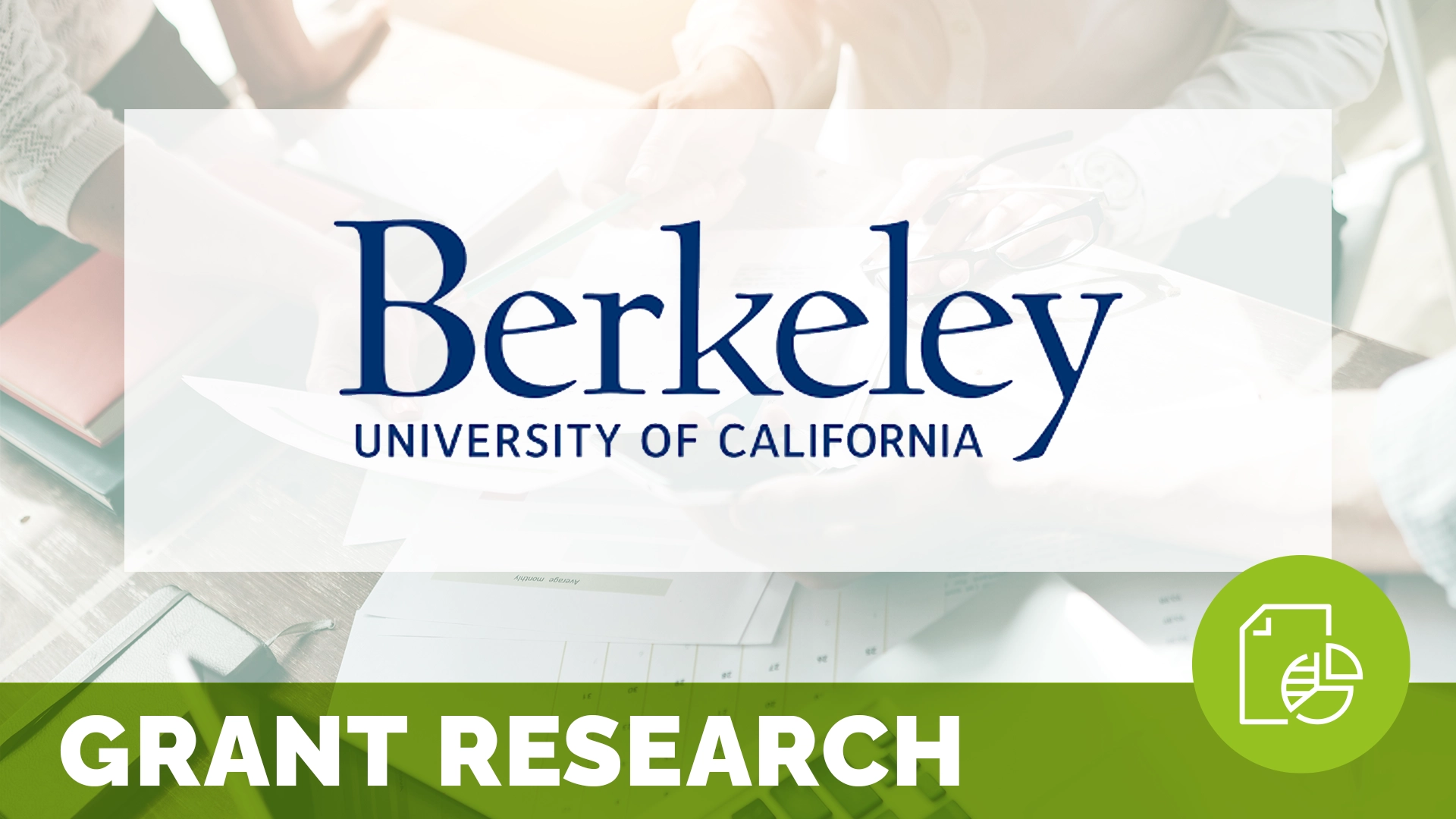A Commitment to DEI: On-Site Interpreters for Patient-Preferred Languages

When the words “Penn State” are heard, many people often think immediately of FOOTBALL! One of my favorite stories – and perhaps the lesser known – is the Penn State football story that dates back to racial segregation in the 1940s when The Pennsylvania State University football team agreed that it would not play games where their Black players would be excluded.
This history helps drive Penn State Health’s commitment to Diversity, Equity and Inclusion (DEI). One of our routine activities is monitoring our patients’ most preferred language. We also break down our patient experience survey response rates and survey scores by available demographics to ensure we are providing culturally competent and responsive care.
During these reviews, we noticed that patients whose preferred language is Spanish – one of our most preferred languages – had lower survey response rates and higher scores. This led us to start questioning the validity of the data as a whole. Are we truly providing great experiences? What can we learn and utilize to do even more – for this population and others? Are we getting a lower response rate because we are NOT providing great experiences?
We knew we needed to explore this further.
Penn State Health Milton S. Hershey Medical Center has partnered with external entities to provide interpreter and translation services for many years and recently decided to add two on-site Spanish interpreters to the Patient Experience team. Improving the human experience was a driving force – for both patients and staff.
For large organizations, using a vendor for language services is necessary and functional – but while you can hear a voice or see someone on a screen, the technology can feel like a barrier to creating a human connection. Additionally, the need for interpreters throughout a lengthy hospital stay or for repeat outpatient encounters can often result in many different interpreters – impeding both human connection as well as continuity of care.
For staff, having an interpreter who can respond on site in minutes, rather than hours, is often a stress- reliever and saves the additional time needed to retrieve and connect an electronic device for interpretation. Further, relationships between clinicians and interpreters foster trust and improved communication that may not be achievable through technology.
Our interpreters support both outpatient appointments, as well as inpatient, emergency and surgical visits, rounding on patients when not on a specific assignment. While it is too early to measure the impact of our new teammates on numerical measures, anecdotally, this change has been a very welcomed one. We have received a plethora of comments from patients, families and staff about how helpful our program is, including but not limited to:
- “Instrumental in optimizing the care!”
-
“They treated me very well, especially since there was someone there who spoke Spanish and helped me.”
-
“[Provided] consistency, which was helpful [for both the family and the] healthcare providers who were there for only some of the conversations.”
-
“Really helped in a difficult situation where the father was unable to adequately advocate for himself [with the technology provided].”
Although we are looking forward to the possibility of quantifying the results of this program, the impact of the human connection speaks for itself, and we are excited to continue this great work as we progress on our DEI journey.
Author Bio:
Shanne Keeny is the Director of Patient & Guest Experience for the Penn State Health Milton S. Hershey Medical Center. A veteran of the United States Marine Corps, Shanne holds a master’s degree in Information System Management and has additional studies in Health Informatics. She attained the patient experience professional certification (CPXP) in 2018, completed The Beryl Institute’s Emerging Leaders program in 2021, is a member of the American College of Healthcare Executives and is currently pursuing a graduate certificate in Negotiation & Influence through The Pennsylvania State University.
Related content
-
 Environment & Hospitality
Environment & HospitalityManaging Patient Belongings: A Shared Responsibility
By Cathy Mixon Patient Relations Liaison M Health Fairview On behalf of the Lost Belongings Workgroup of the Patient Advocacy Community This PX blog is the second in a series that builds on the content from “Where Are My Things? Best Practices for Safeguarding Patient Belongings in Hospitals,” a handbook for those managing patient belongings
Learn more -
 Environment & Hospitality
Environment & HospitalityVolunteer Services and Patient Experience: Two Halves of the Same Goal
Improving the patient experience has always been a primary reason for volunteers to serve in healthcare settings. Working in partnership with PX can and should be seamless since we share the same end goal. The collaboration between PX and Volunteer Engagement can often lead to solutions for patients and families when challenges arise. Special Interest
Learn more -
 Environment & Hospitality | Patient Family & Community Engagement
Environment & Hospitality | Patient Family & Community EngagementDesigning for Pediatric Patient Experience: Expert Insights and Innovations in the Healthcare Built Environment
Incorporating patient-centered and participatory design into healthcare environments is a key strategy for creating spaces that are both supportive and functional. Engaging patients and their families in the design process ensures that these environments meet their specific needs and preferences, ultimately leading to better patient outcomes and experiences. This report shares the essential elements related
Learn more
